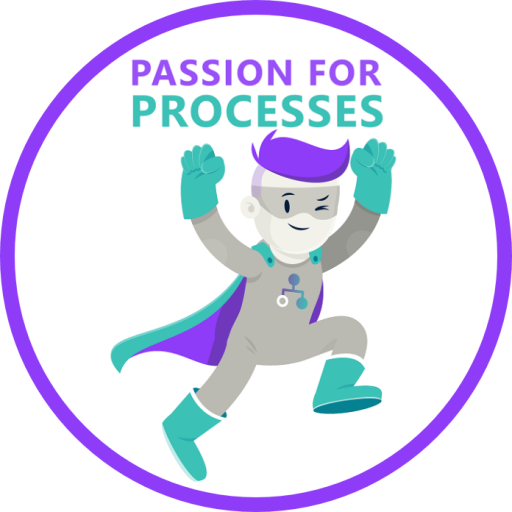10 Definitions of Enterprise Architecture. Which corresponds to Yours?
Featured achievement
Leaderboard
1

Runé Becker
4917 Points
2

André Vitor Oliveira
2958 Points
3
MZ
M. Zschuckelt
2350 Points
4

Alexander Cherednichenko
2211 Points
5

Veronika Ellermann
2051 Points
1
KH
Klemens Hauk
27 Points
2

Matthew Crate
25 Points
3
PD
Paul Doctor
20 Points
4
SP
Stuart Perren
19 Points
5

Hans Dieter Koch
15 Points






